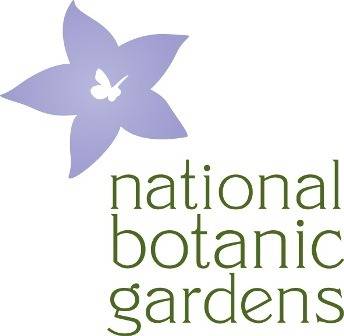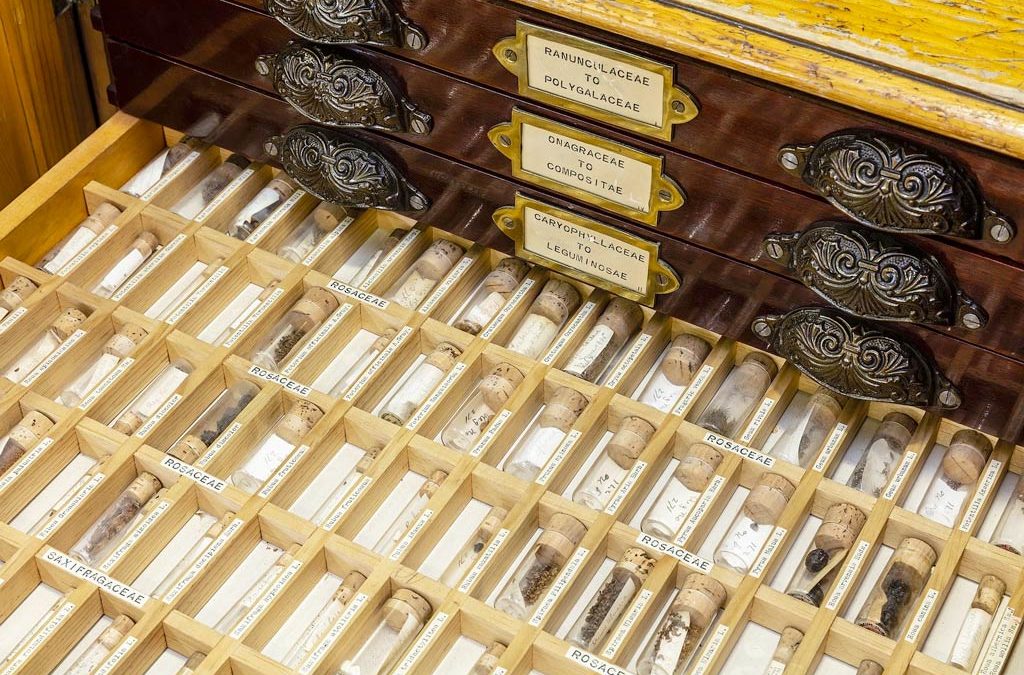
Blog, News, Research
Position: Postdoctoral Researcher Duration: 18 months Location: National Botanic Gardens, Dublin, Ireland A research position is available immediately for a fixed contract of 18 months as part of DAFM and NPWS funded projects. There are two primary objectives of the...

Blog, Research
An ambitious herbarium digitisation project, named DigiHerb, has been approved for funding by the Interreg North-West Europe Programme. The National Herbarium in the National Botanic Gardens of Ireland (NBG-OPW) is spearheading this initiative in partnership with The...
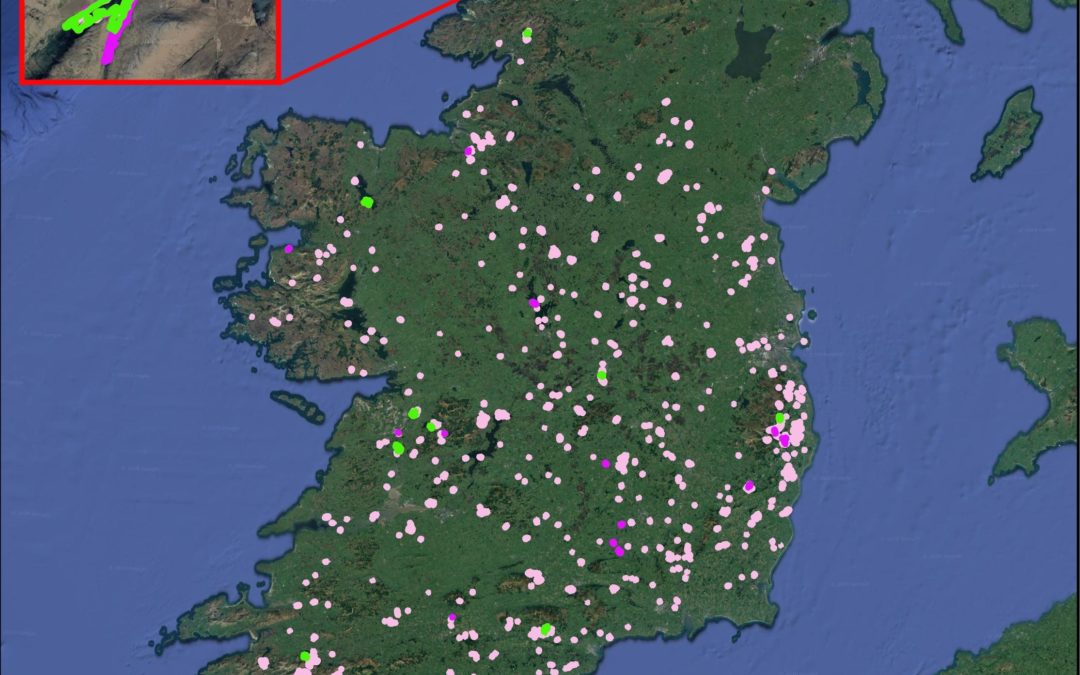
Research
Colin Kelleher, Sam Belton and Erica Fox Forest Genetic Resources (FGR) are the basis on which the health of our forests depend as they are essential to adaptation. Genetic diversity enables tree populations to adapt to conditions and to optimise their performance. A...
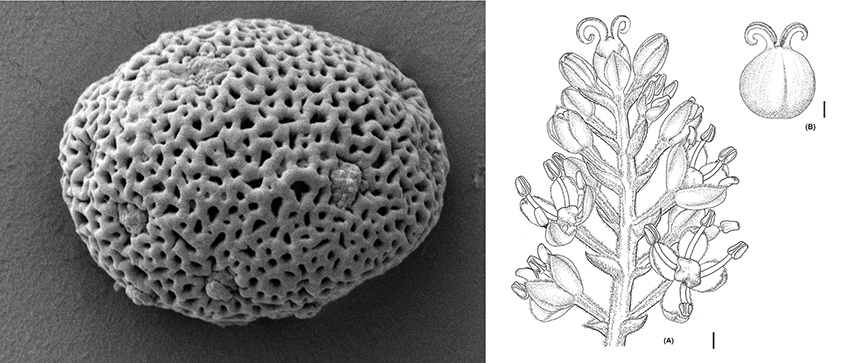
Research
Wuu Kuang Soh The Boxwood family, Buxaceae, consists of six genera and about 100 species worldwide from the Northern to Southern Hemisphere. The group presence is small in Thailand with only two genera and five native species (Soh and Parnell 2018). However, in the...
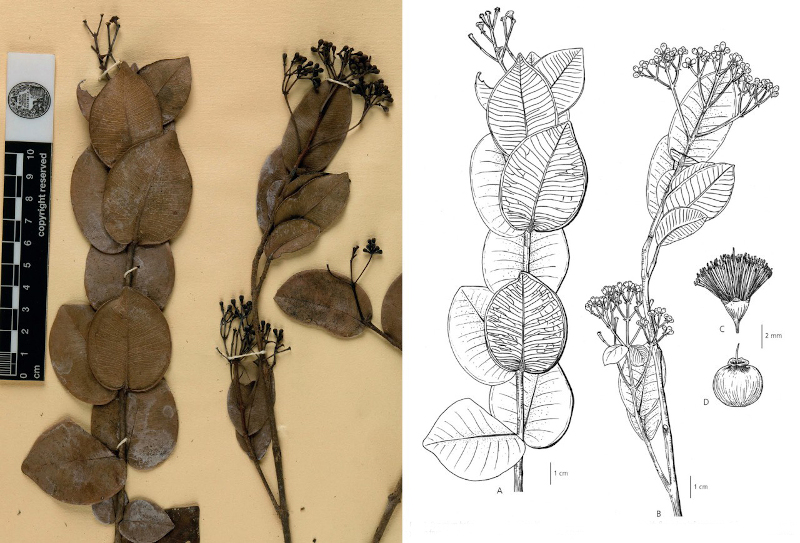
Research
Syzygium Gaertn. is the largest genus in Myrtaceae with about 1,200 species of mostly medium to large trees occurring in the tropics and subtropics from India to the Pacific Islands, and found in a diverse range of habitats from sea shore to montane forest. Perhaps...

Research
Trait‐based ecology uses phenotypic characteristics of plants to study responses to environmental change and to investigate ecological hypotheses. These phenotypes that are associated with plant functioning are called functional traits. One example of a widely known...







